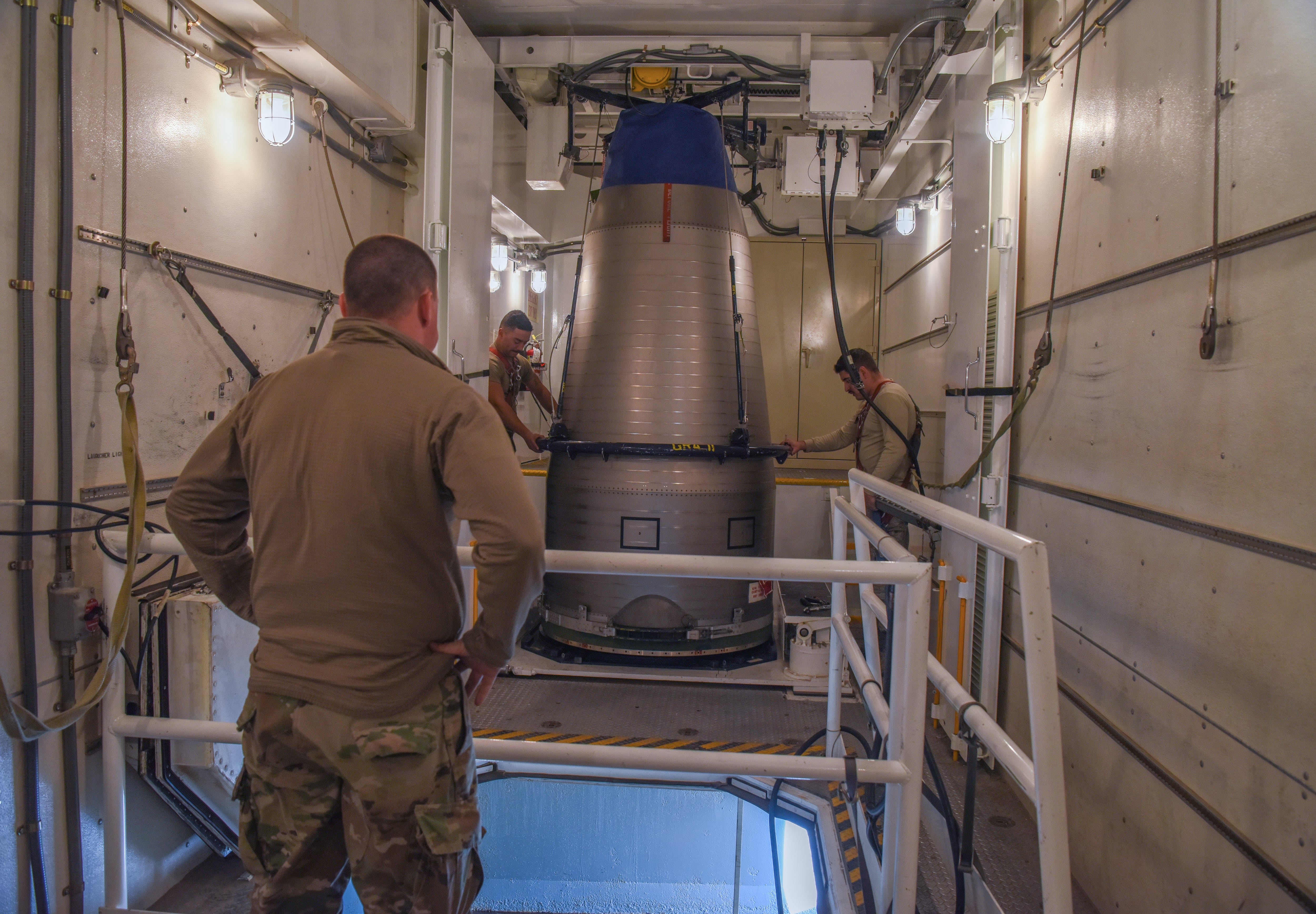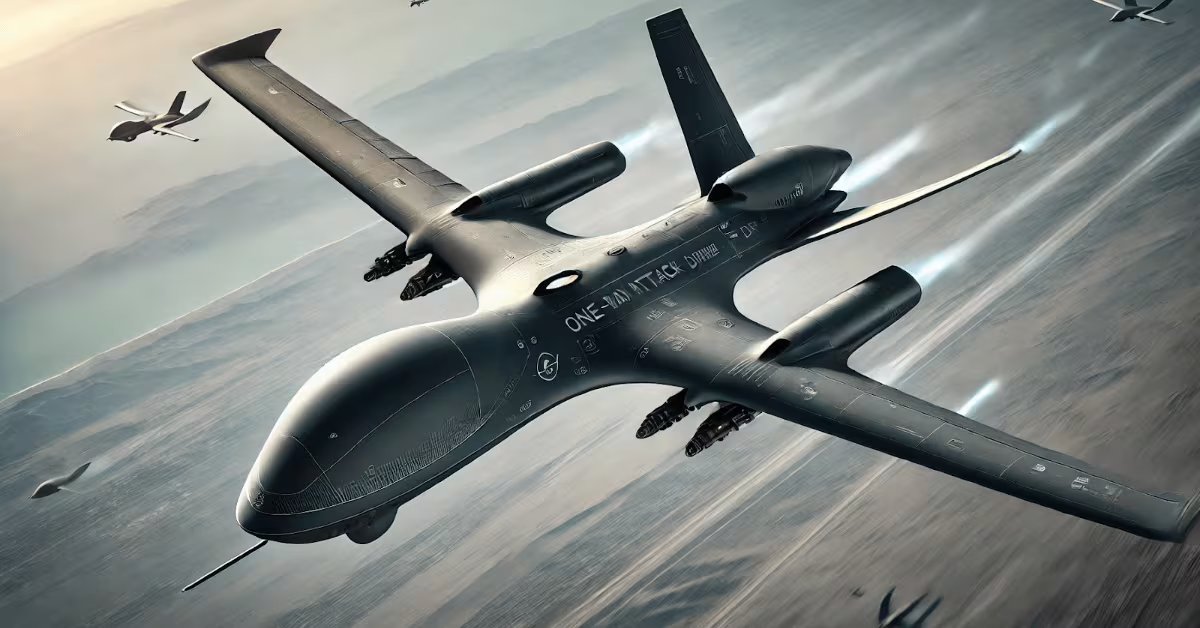As the Biden administration begins crafting its defense budget submission for fiscal 2022, the debate about how it should handle the U.S. nuclear arsenal is heating up.
Proponents of the Trump administration’s approach, which fanned the flames of a burgeoning arms race, are warning any deviations will lead to disaster.
President Joe Biden, however, appears to have a different view. During the campaign, he said the United States “does not need new nuclear weapons” and that his “administration will work to maintain a strong, credible deterrent while reducing our reliance and excessive expenditure on nuclear weapons.”
Biden is right. Current U.S. nuclear weapons policies exceed what is necessary for a credible nuclear deterrent, and their financial costs are taking a growing toll. Biden should use his forthcoming budget to steer the country in a safer and more affordable direction.
In addition to continuing legacy plans to replace the nuclear triad and its associated warheads, the Trump administration pursued new types of weapons and more bomb-making infrastructure. It also expanded the circumstances in which President Donald Trump would consider using nuclear weapons. Worse still, the administration put New START — the sole remaining agreement verifiably limiting the size of the U.S. and Russian nuclear arsenals — on the brink of expiration.
RELATED

Mindful of the danger he inherited, Biden quickly and wisely agreed with Russian President Vladimir Putin to extend New START by five years.
But there is more damage to undo.
Trump’s FY21 budget request of $44.5 billion to sustain and upgrade the nuclear arsenal was a 19 percent increase over the previous year. Over the next several decades, spending is likely to top $1.5 trillion.
Russian and Chinese nuclear advances and aggressive behavior might seem to justify such investments. But the spending plans pose a major threat to security priorities more relevant to countering Moscow and Beijing and assuring allies. A long-foreseen budget reckoning has arrived.
Press reports indicate the Pentagon has begun a mini-review of the nuclear enterprise, with a focus on low-yield weapons and nuclear command and control, to inform the FY22 budget request slated for release in early May.
An early reassessment of the Trump administration’s dubious proposal to double the number of more usable low-yield nuclear options is more than justified. In particular, the Biden administration should provide no funding to begin development of a new nuclear-armed, sea-launched cruise missile. The weapon, which is projected to cost at least $9 billion over the next decade, is a redundant and costly hedge on a hedge.

But the mini-review should go further and hit pause on other controversial programs, pending the outcome of a more comprehensive policy review later this year. For example, the administration should freeze funding for the Air Force’s program to build a new land-based intercontinental ballistic missile system at the current-year level. It should also set the budget for the National Nuclear Security Administration at the level projected for FY22 as of the FY20 budget request.
ICBMs are the least valuable and stabilizing triad leg, and the Pentagon has not sufficiently examined the availability of less expensive alternatives to buying a new ICBM system, which is slated to cost approximately $100 billion. The extreme growth of the weapons budget at the NNSA under Trump and, impractically, of the schedule goals for many warhead and infrastructure replacement efforts also merit much greater scrutiny.
These freezes would avoid roughly $4 billion in expenditures in FY22, and they would be especially valuable if, as it appears likely, Biden decides to reduce the overall national defense top line relative to what the Trump administration proposed.
They would also set the stage for a subsequent broader nuclear policy review that should revise outdated planning assumptions, trim the most excessive and destabilizing elements of the arsenal, and support Biden’s desire to negotiate new arms control and reduction arrangements.
In 2013, the Obama administration determined the security of the United States and its allies could be maintained while pursuing up to a one-third reduction in deployed nuclear weapons below New START. The case for such a reduction remains strong. The size of the Russian strategic nuclear force has not changed since then and remains lower than that of the United States. China’s much smaller nuclear arsenal has grown only modestly.
The Biden administration should seek to reduce the U.S. arsenal in concert with Russia. But it should not give Moscow veto power over force adjustments that make sense for U.S. national security.
Scaling back the modernization program consistent with a one-third reduction could save at least $80 billion through 2030 while still allowing the United States to maintain a nuclear triad. These funds would be far better spent on priorities such as pandemic defense and response as well as pacing China’s advancing conventional military capabilities.
Some supporters of the status quo argue any spending cuts would undermine U.S. leverage at the negotiating table. This is unconvincing.
For instance, Moscow has identified constraints on U.S. non-nuclear weapons, such as missile defenses, as priority conditions for further Russian nuclear reductions. The success or failure new arms control talks will rise or fall in large part based on how these issues are addressed, not whether the United States builds a new ICBM.
The Trump administration’s gratuitous, costly and hazardous nuclear strategy demands a fundamental rethinking. President Biden should trust his instincts and build back a better one.
Kingston Reif is the director for disarmament and threat reduction policy at the Arms Control Association.








